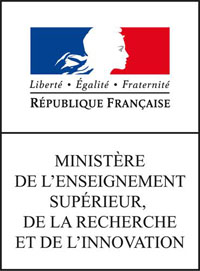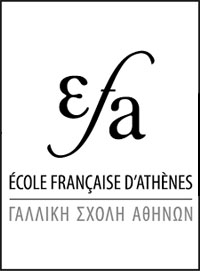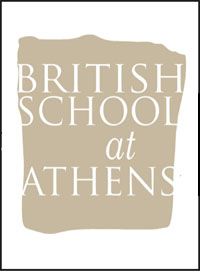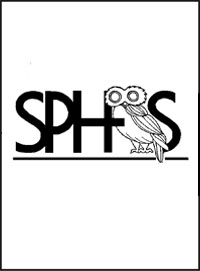Geraki - 2014
Informations Générales
Numéro de la notice
10025
Année de l'opération
2014
Chronologie
Mots-clés
Habitat - Production/extraction - Édifice religieux - Église - Installation hydraulique - Canalisation - Monnaie - Métal - Os - Verre
Nature de l'opération
Institution(s)
Toponyme
Notices et opérations liées
Description
Geraki. Evangelia Pantou, Amalia Androulidaki, Evangelia P. Eleutheriou, Danai Charalambous and Konstantina Doubi (5η EBA) report on discoveries made during restoration works at the archaeological site of Geraki.
Excavations were carried out in eleven buildings being renovated (Fig. 2,3), and also inside the castle. In most cases, excavation helped to more clearly define the foundation of buildings, and reveal more of their floors (including plaster layers). Many buildings were found to have storage spaces on or below the ground floor, and living spaces the upper level. Evidence was found of textile work and a fabric dying workshop (building 19), as well as a metalworking workshop (building 38, Fig. 3). In the lower levels, buildings had incorporated into them their design the natural rock, sometimes with minimal interventions. Holes were found in the lowest part of the masonry for the drainage of water, and artificial ditches were also found.
A large number of finds came to light, including pottery, coins (Fig. 4,5), metal objects (Fig. 6), stone and glass objects, slag, bones, and sherds. Architectural spoila were also found. Most of the objects dated between the thirteenth and fifteenth centuries AD. A few finds dated to the prehistoric periods, indicating a previous period of occupation at this site.
At the NW part of the settlement, a previously unknown church was discovered (Fig. 7). It is composed of a single room with a domed roof and sanctuary facing S. It has internal dimensions 6.70 x 2.25m.
Excavations were carried out in eleven buildings being renovated (Fig. 2,3), and also inside the castle. In most cases, excavation helped to more clearly define the foundation of buildings, and reveal more of their floors (including plaster layers). Many buildings were found to have storage spaces on or below the ground floor, and living spaces the upper level. Evidence was found of textile work and a fabric dying workshop (building 19), as well as a metalworking workshop (building 38, Fig. 3). In the lower levels, buildings had incorporated into them their design the natural rock, sometimes with minimal interventions. Holes were found in the lowest part of the masonry for the drainage of water, and artificial ditches were also found.
A large number of finds came to light, including pottery, coins (Fig. 4,5), metal objects (Fig. 6), stone and glass objects, slag, bones, and sherds. Architectural spoila were also found. Most of the objects dated between the thirteenth and fifteenth centuries AD. A few finds dated to the prehistoric periods, indicating a previous period of occupation at this site.
At the NW part of the settlement, a previously unknown church was discovered (Fig. 7). It is composed of a single room with a domed roof and sanctuary facing S. It has internal dimensions 6.70 x 2.25m.
Auteur de la notice
Michael Loy
Références bibliographiques
ADelt 69 (2014), Chr., 560-9
Date de création
2021-02-13 17:03:54
Dernière modification
2024-02-13 09:16:05
Figure(s)
Fig. 4/ Bronze coin (tornesello) of Manuel II Palaiologos (1390 or 1408/1415-6), obverse. Found in building 19
Fig. 5/ Bronze coin (tornesello) of Manuel II Palaiologos (1390 or 1408/1415-6), reverse. Found in building 19








